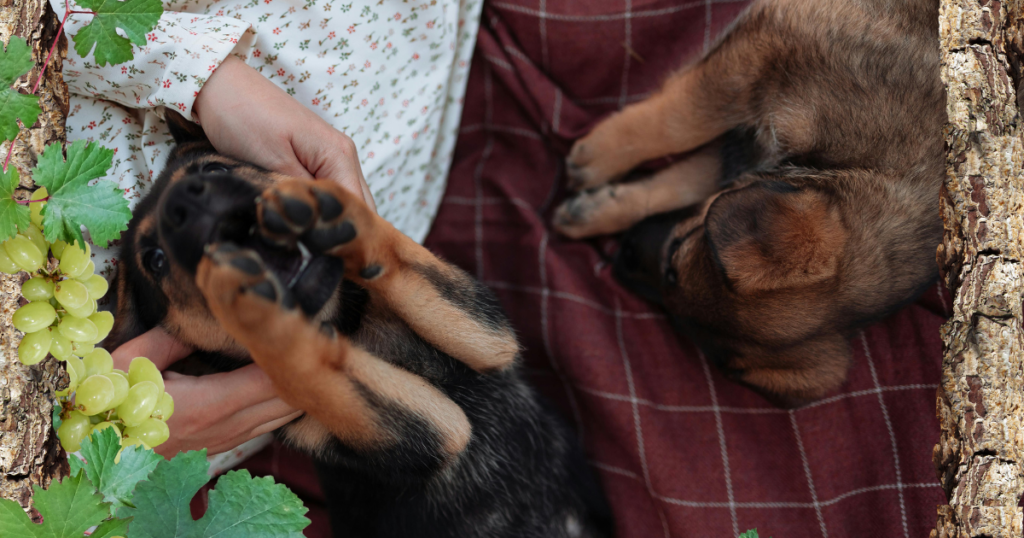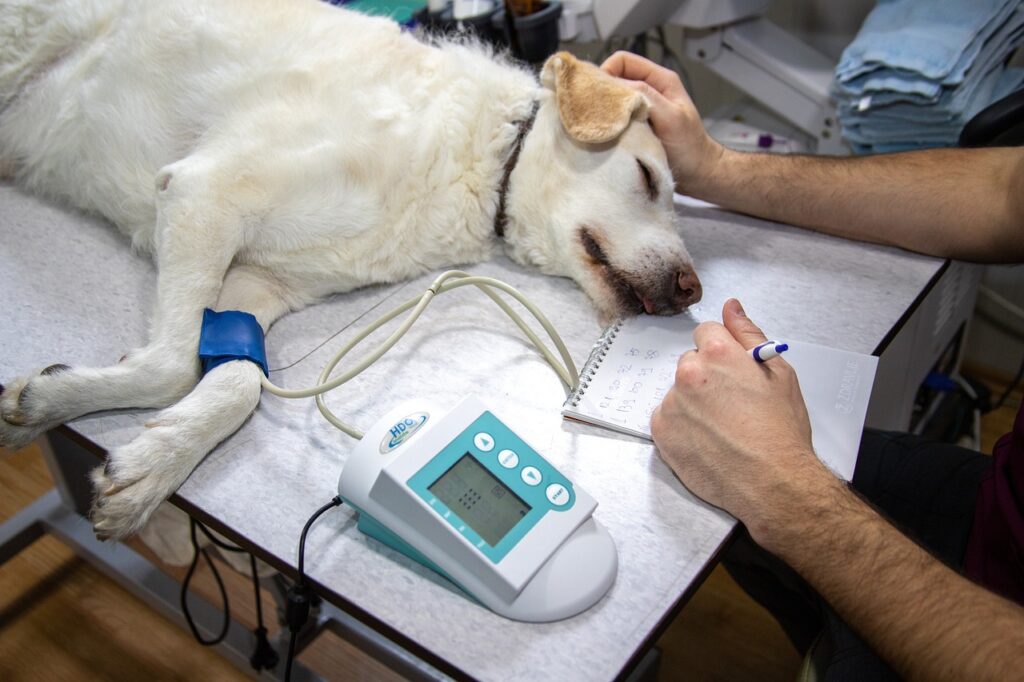Living in an apartment with a large, energetic dog breed can be challenging, but it’s not impossible. When considering German Shepherd vs Belgian Malinois apartment living, it’s crucial to understand the unique needs of these popular breeds. Both German Shepherds and Belgian Malinois are known for their intelligence, loyalty, and high energy levels. This comprehensive guide explores the pros and cons of apartment living with these breeds, helping you make an informed decision about which might be the better fit for your urban lifestyle. By examining the German Shepherd vs Belgian Malinois apartment living dynamics, we’ll provide insights to guide your choice. Whether you’re leaning towards a German Shepherd or a Belgian Malinois for your apartment, this guide will help you navigate the challenges and rewards of urban living with working dogs.
Understanding the Breeds: Shepherds and Malinois
Before diving into the specifics of apartment living, it’s essential to understand the characteristics of both breeds.
German Shepherd Overview
German Shepherds are large, powerful dogs known for their intelligence and versatility. They typically weigh between 50-90 pounds and stand 22-26 inches tall at the shoulder. These dogs are renowned for their loyalty, trainability, and protective nature.
Belgian Malinois Overview
Belgian Malinois are medium-sized dogs that share many similarities with German Shepherds. They usually weigh between 40-80 pounds and stand 22-26 inches tall. Known for their high energy levels and intense work drive, Malinois are often used in police and military roles.
Apartment Pros: German Shepherds in Small Spaces
Adaptability
Despite their size, German Shepherds can adapt well to apartment living if given proper exercise and mental stimulation. Their intelligence allows them to learn and follow rules quickly, making them suitable for structured environments.
Companionship
German Shepherds form strong bonds with their owners. In an apartment setting, this closeness can be intensified, leading to a deeply loyal and affectionate companion.
Security
Their protective nature makes German Shepherds excellent watchdogs, which can be reassuring for apartment dwellers.
Apartment Cons: Challenges for Shepherds in Flats
Space Requirements
German Shepherds are large dogs that need room to move. A small apartment might feel cramped for them, potentially leading to restlessness.
Exercise Needs
These dogs require significant daily exercise. Without a yard, owners must commit to regular walks and outdoor activities, which can be challenging in an urban setting.
Shedding
German Shepherds are known for their heavy shedding, which can be more noticeable in a confined apartment space.
Apartment Pros: Belgian Malinois Urban Living
Size Advantage
Being slightly smaller than German Shepherds, Malinois might adapt more easily to apartment living.
High Trainability
Belgian Malinois are extremely intelligent and eager to please, making them highly trainable. This trait is valuable in an apartment setting where following rules is crucial.
Exercise Efficiency
While they need a lot of exercise, Malinois can burn energy quickly with intense, short bursts of activity, which can be more manageable in an urban environment.
Apartment Cons: Malinois Challenges in Apartments
Intense Energy Levels
Belgian Malinois have even higher energy levels than German Shepherds. Without proper outlets, this energy can lead to destructive behavior in a confined space.
Sensitivity to Environment
Malinois can be more sensitive to noises and changes in their environment, which might make busy apartment complexes stressful for them.
Separation Anxiety
These dogs form strong bonds with their owners and may struggle with being left alone in an apartment for long periods.
Exercise Considerations for Both Breeds
Both German Shepherds and Belgian Malinois require significant daily exercise, which is crucial when living in an apartment.
Daily Walks
Aim for at least two 30-minute walks per day, along with playtime and training sessions.
Mental Stimulation
Puzzle toys, training exercises, and interactive games are essential to keep these intelligent breeds mentally stimulated in an apartment setting.
Outdoor Adventures
Regular trips to dog parks, hiking trails, or open spaces are crucial for allowing these dogs to run and explore.
Training and Socialization
Proper training and socialization are vital for both breeds, especially in an apartment environment.
Early Socialization
Expose your dog to various people, animals, and environments from a young age to ensure they’re comfortable in different situations.
Obedience Training
Consistent obedience training is crucial for managing these powerful breeds in close quarters.
Noise Control
Train your dog to respond to quiet commands to minimize disturbances to neighbors.
Space Management in Apartments
Making the most of your apartment space is crucial when housing a large dog.
Designated Dog Area
Create a specific area for your dog with their bed, toys, and water bowl.
Vertical Space
Utilize vertical space with shelves or tall dog beds to maximize floor area.
Regular Cleaning
Implement a consistent cleaning routine to manage shedding and maintain a hygienic living space.
Breed-Specific Apartment Considerations
German Shepherd Considerations
- Noise Level: German Shepherds can be vocal, which might be an issue in apartments with thin walls.
- Temperature Sensitivity: They have thick coats and may struggle in apartments without adequate cooling.
Belgian Malinois Considerations
- Exercise Intensity: Malinois may require more intense exercise sessions to burn off energy effectively.
- Prey Drive: Their high prey drive might make them reactive to small animals or movement outside apartment windows.
Legal and Practical Considerations
Before bringing either breed into an apartment, consider these factors:
Breed Restrictions
Many apartments have breed restrictions that may include German Shepherds or Belgian Malinois. Always check your lease agreement.
Insurance Issues
Some insurance policies have restrictions on certain dog breeds. Verify that your policy covers your chosen breed.
Neighbor Considerations
Be mindful of your neighbors. Proper training and management are crucial to maintain good relationships in close living quarters.
Health Considerations in Apartment Living
Living in an apartment can present unique health challenges for these breeds.
Joint Health
Regular exercise on hard surfaces can impact joint health. Consider using rugs or dog boots for indoor activities.
Mental Health
Ensure your dog receives enough mental stimulation to prevent boredom and anxiety in a confined space.
Grooming Needs
Regular grooming is essential, especially for German Shepherds, to manage shedding in an apartment environment.
Conclusion: Choosing Your Ideal Apartment Companion
While both German Shepherds and Belgian Malinois can adapt to apartment living, it requires dedication, proper training, and a commitment to meeting their physical and mental needs. German Shepherds might be slightly easier to manage in apartments due to their adaptability, while Belgian Malinois could be a better fit for very active owners who can provide intense daily exercise. Ultimately, the success of apartment living with either breed depends on the owner’s lifestyle, commitment, and ability to provide adequate care and stimulation. With the right approach, both breeds can thrive and become wonderful apartment companions.



